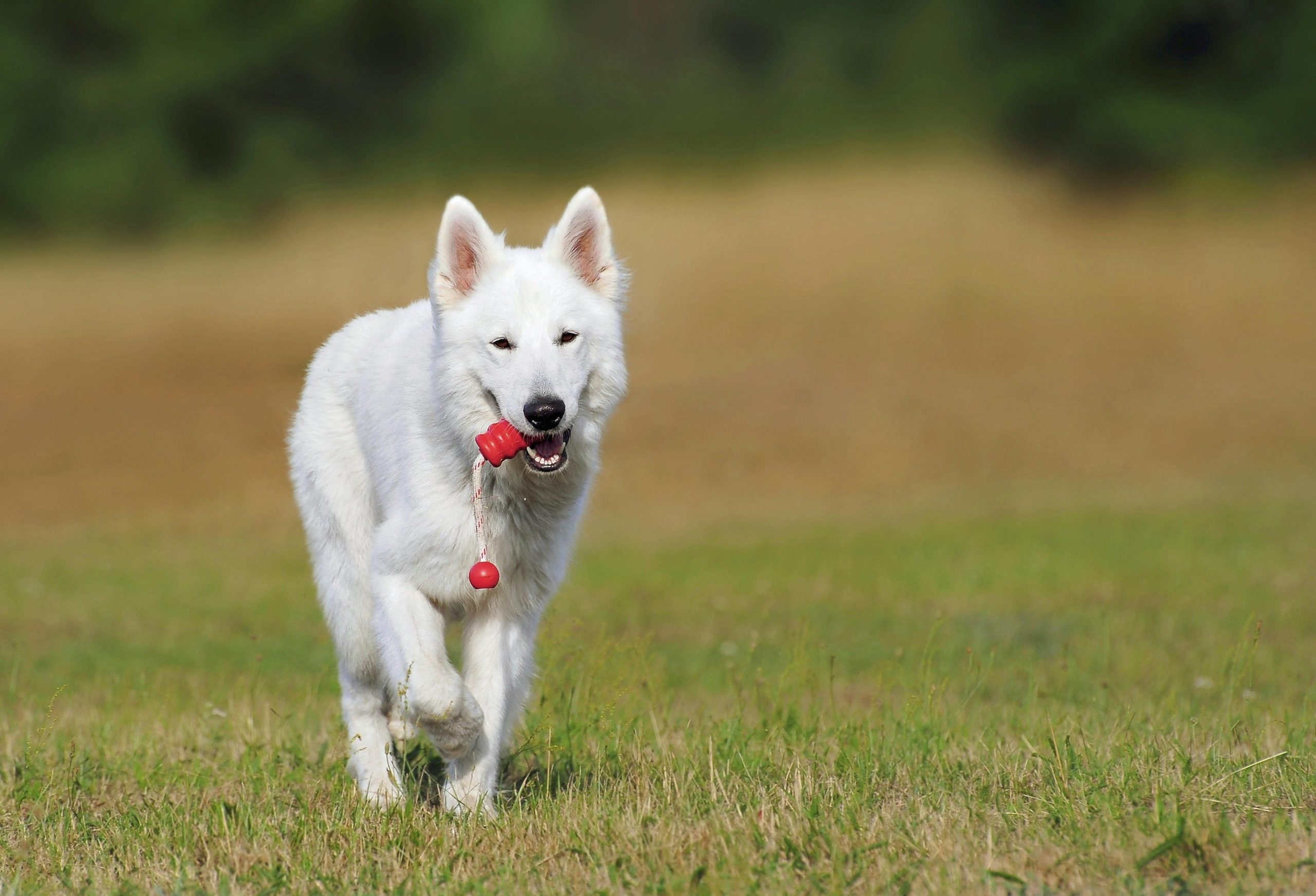“Ever spent hours trying to teach your dog to spin, only to end up frustrated when they just stare at you like you’ve lost your mind? Trust me, we’ve been there.”
If you’re tired of the guessing game with pet training and ready to unlock your furry friend’s full potential, mastering the Hand Target for Tricks is where it all begins. This simple but powerful method not only teaches pets basic obedience but also sets the stage for more complex tricks—and yes, even those viral TikTok-worthy stunts.
In this guide, you’ll discover:
- Why the Hand Target for Tricks is a game-changer
- A step-by-step breakdown of how to teach it
- Pro tips to avoid common pitfalls (spoiler: bribing doesn’t count)
- Real-life success stories from fellow pet trainers
Table of Contents
- Why Use the Hand Target Method?
- Step-by-Step Guide to Teaching Hand Targeting
- Tips and Best Practices
- Real-Life Examples and Case Studies
- FAQs About Hand Target Training
Key Takeaways
- The Hand Target for Tricks builds focus and trust between you and your pet.
- It serves as the foundation for teaching advanced behaviors and tricks.
- Consistency, patience, and positive reinforcement are key to success.
Why Use the Hand Target Method?

Let’s face it: pets don’t come pre-programmed with obedience manuals. The Hand Target method taps into their natural curiosity by encouraging them to touch a specific part of your hand with their nose. Sounds simple, right? But here’s the kicker—it’s effective AF.
This technique works because:
- Pets love interactive learning; it keeps them engaged.
- It lays the groundwork for more complex movements.
- No expensive gear or gadgets required—just you, your hands, and some treats!
Confession time: When I first tried this method, I made the rookie mistake of waving my hand around like a mad scientist. My poor pup ended up confused, and let’s just say our session turned into more of a chaotic dance party. Lesson learned? Precision > flailing.
Step-by-Step Guide to Teaching Hand Targeting
Ready to transform your clumsy attempts into smooth training sessions? Here’s how:
Step 1: Get Your Pet’s Attention
Start by grabbing their favorite treat (think high-value snacks). Hold it close to your hand but don’t give it away yet. Wait until their eyes lock onto yours. Pro tip: If they seem distracted, make kissing noises or wiggle your fingers slightly.
Step 2: Present Your Hand
Extend your palm toward them while keeping the treat hidden in your other hand. Keep your hand steady—not too far away, not too close. You want them curious enough to investigate without feeling overwhelmed. Think Goldilocks positioning.
Step 3: Reward Contact
The moment their nose touches your hand, immediately reward them with the treat AND verbal praise. Say something cheerful like “Yes!” or “Good job!” Timing is everything—wait too long, and they won’t connect the dots.
Step 4: Repeat and Add Distance
Once they’ve got the hang of touching your hand, start moving it farther away. This helps generalize the behavior so they understand that “touch” means “nose to hand,” regardless of distance. Oh, and if your pup decides midway to go chase a squirrel instead, ugh—but hey, that’s life.
Tips and Best Practices

- Keep Sessions Short: Aim for 5–10 minutes max. Pets have short attention spans, folks.
- Use Consistent Cues: Stick to one phrase or gesture every time to avoid confusing your buddy.
- Be Patient: Some pets catch on instantly; others need extra encouragement. Don’t sweat it.
- Mix Up Treats: Rotate between food rewards and toys to keep them motivated.
- Avoid Negative Reinforcement: Never yell or punish mistakes. Stay chill, human.
Real-Life Examples and Case Studies
Here’s a fun fact: professional animal trainers use the Hand Target for Tricks method ALL THE TIME. One such pro, Jane P., managed to teach her rescue dog Luna to open doors (!) using this exact approach. She broke down the behavior into smaller steps:
- Luna learned to target Jane’s hand consistently.
- Then, she guided the motion toward a door handle.
- Finally, she shaped the pulling action bit by bit.
The result? A viral video with over 1 million views. Talk about goals.
FAQs About Hand Target Training
Q: What if my pet isn’t interested in targeting?
A: Ensure you’re using irresistible treats and try lowering distractions during practice.
Q: Can I teach this to cats?
A: Absolutely! Cats may take longer due to their independent nature, but persistence pays off.
Q: How often should I practice?
A: Aim for multiple short sessions daily. Repetition builds muscle memory.
Conclusion
Congrats—you now know exactly why the Hand Target for Tricks rocks and how to master it like a pro trainer. From sparking your pet’s curiosity to unlocking endless possibilities for tricks, this humble technique truly has superhero powers.
So grab those treats, put on your optimistic cap—even if you’re really more of a grumpy soul—and watch your bond grow stronger than ever.
And remember: Like Pokémon catching, consistency makes champions.
Final Haiku:
Paws meet seeking hands,
Target, click, treat—it clicks.
Training gold unlocked.


